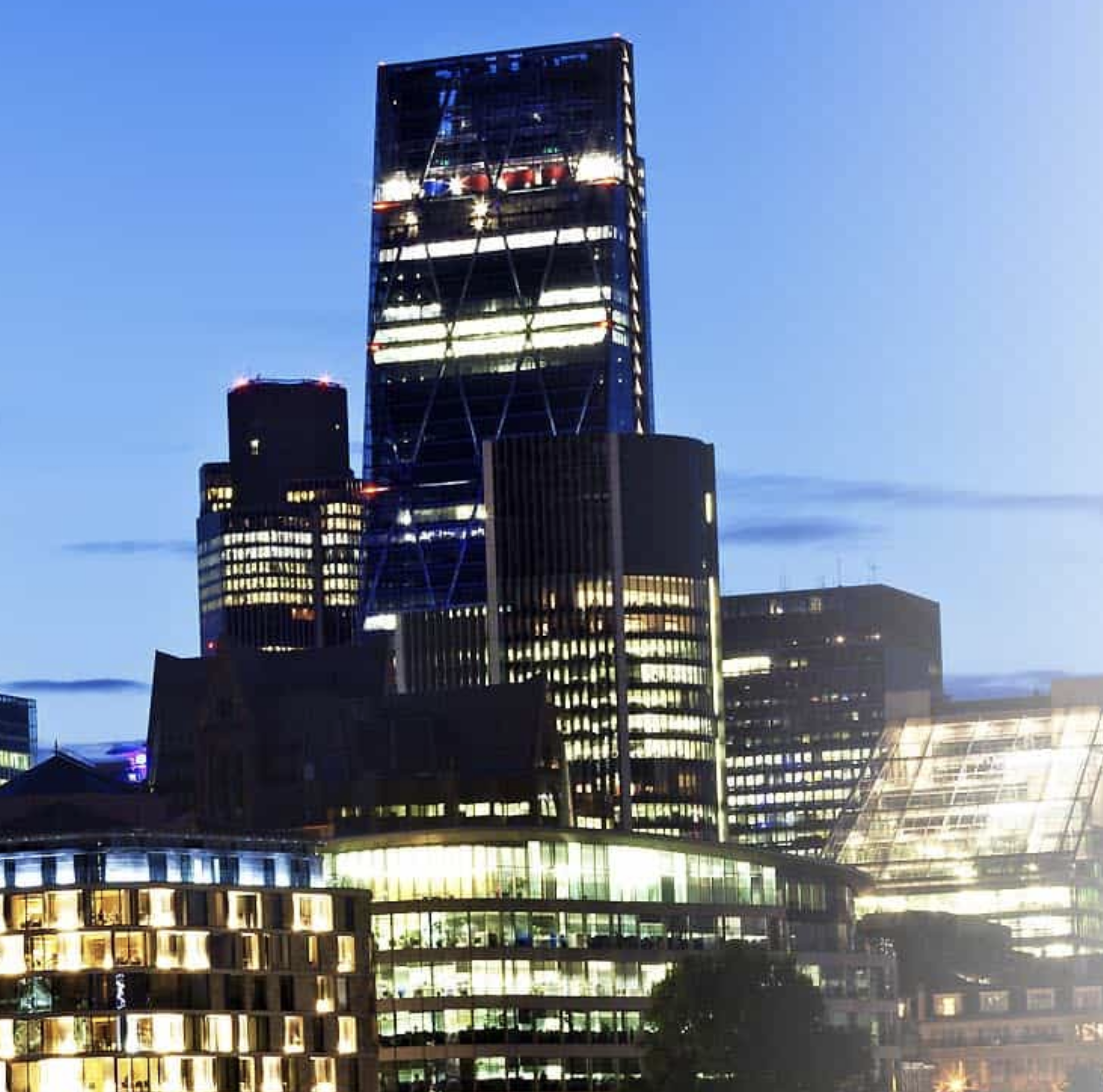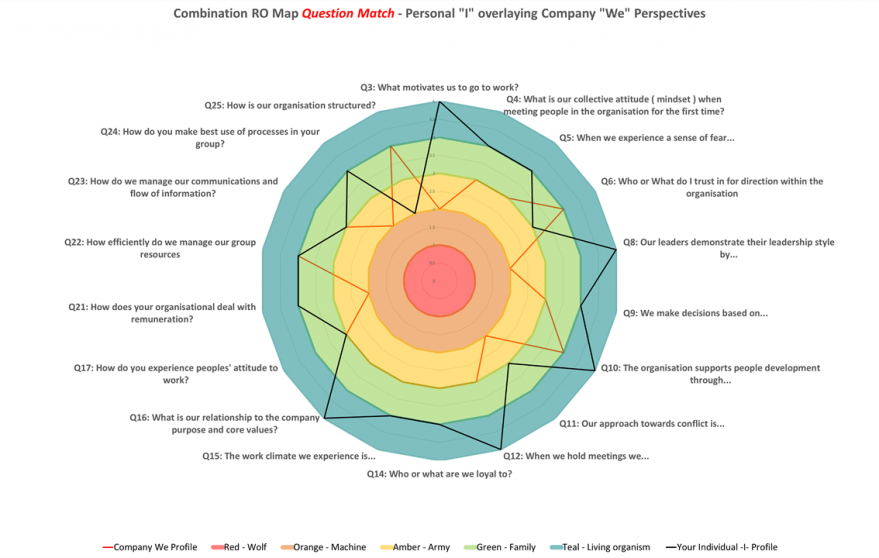Originally published by the Parallax Partnership
 Four questions your Organisation will love you for asking!
Four questions your Organisation will love you for asking!
Here is just a small sample of the questions we ask organisations which help people think about the kind of culture that is currently in place. Of course, when we know where we are starting from, it is easier to plot a course towards where we want to go!
Instructions:
Answer the 4 questions below. The first 2 start to explore, in turn, how you personally experience, and then secondly contribute, to your organisation’s culture.
The second 2 start to explore, in turn, how we experience the organisation collectively, its culture, values and relationships, and then how people external to us experience us as an organisation.
For each question, please read all five statements first, and then select the one that you most closely align/agree with.
What motivates us to go to work is…?
1. We are motivated by the need to survive.
2. We are motivated to ensure the organisation’s security and safety.
3. We are motivated by the principles of ongoing continual improvement.
4. We are motivated by inspiring people and leading through meaning and harmony.
5. We are motivated by the intrinsic essence of our purpose, applying our intuition, sensing and flexing in response.
Our leaders demonstrate their leadership style by…?
1. Keeping a tight rein on all activity in order that they can guarantee completion.
2. Giving clear full briefs and keeping people aligned to the rigour of the processes required to deliver the task or goal.
3. Ensuring people understand their targets and deadlines, and their personal accountabilities.
4. Seeking to inspire people through encouraging everyone to be involved, to have their say and be empowered where they can, taking direction from them only where necessary.
5. Actively creating open space for others, encouraging individuals and teams to take personal ownership and accountability of their own tasks and the collective purpose, and manage themselves.
The work climate we experience is…?
1. Challenging, combative, focused on personal benefit with little scope for discussion.
2. Experienced, consistent, steady – an environment based on maintaining the status quo and avoiding conflict, happy to co-exist and co-operate to maintain stability.
3. One that is pragmatic and results driven, to get the job done.
4. One that is personal, friendly, collaborative, and community orientated.
5. One that is very open, embracing and celebrating diversity, being radically creative, and in the moment.
How do people experience your products and services…?
1. As an opportunistic “commodity” product or service with littledifferentiation, between products underpinned by an aggressive price strategy.
2. As products and services that emulate and copy the established brands/trends, often at a price advantage.
3. As products or services that profitably, drive, or establish the current trends, in support of the business outcome.
4. As a sustainable product or service that is meaningful with identifiable values, and likely to be contemporary and pushing boundaries.
5. As a significant potentially disrupting innovation to the norm helping the evolution of mankind.

So how did your organisation do?
Where did you place your answers? – Add up the number of points you scored for each question, using the question number as a points score, hence there is a maximum of 20 points!
If you scored less than 8: your culture is more likely to be heavily command and control, with clear hierarchy and with little scope for local decision making. Decisions are likely to be most often made slowly, by senior executives, and with little wider engagement in the process. It is more likely that there will be low levels of fulfillment and sense of personal purpose in the workforce.
If you scored 16 or higher: your culture is more likely to be free flowing, engaged and empowered. The power structure is most likely devolved, creating a locally networked organisation with true local accountability and responsibility. It is more likely that there are good levels of individual fulfilment, with a sense of purpose, ownership and success in the workforce.
A Sample of a comparative “Organisational Spider Map” – Exploring how you influence / are affected by the organisation !

To find out more contact the Parallax Partnership
Republished with permission.
Featured Image/graphic link added by Enlivening Edge Magazine.




